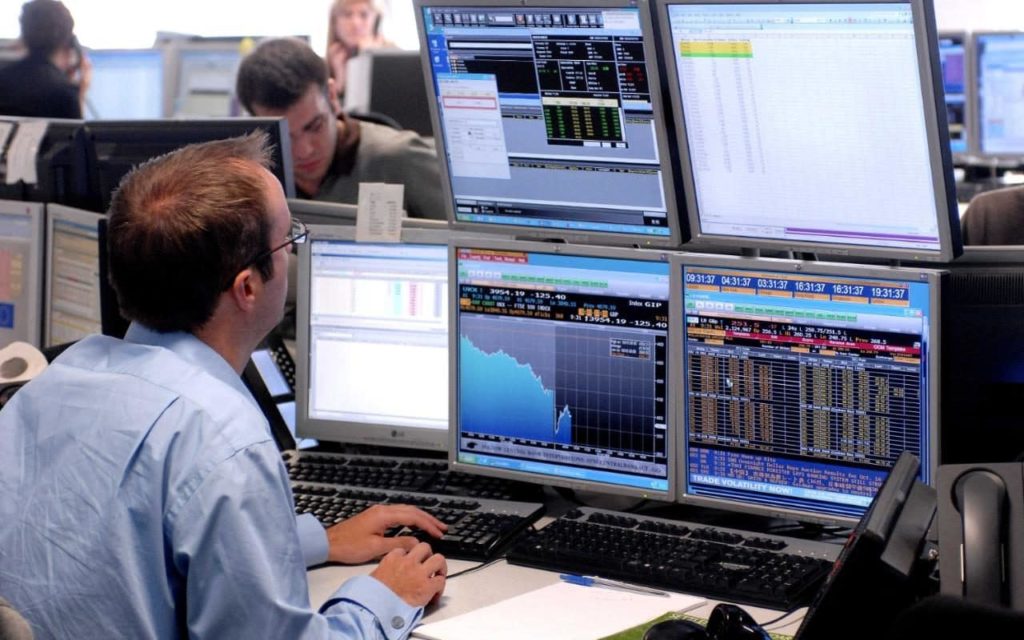In 2021 and 2022, as inflation surged, the Federal Reserve faced criticism for its delayed response in raising interest rates, allowing consumer prices to rise rapidly. Now, with inflation showing signs of easing, there’s growing concern about whether the Fed is being too cautious in lowering rates, potentially risking a recession.
Economists like Mark Zandi from Moody’s Analytics are urging the Fed to act promptly, suggesting rate cuts as early as March to mitigate economic risks. However, Fed Chair Jerome Powell has expressed reluctance, citing the need for more confidence in the sustainability of inflation’s decline.
The minutes from the Fed’s January meeting reflect a cautious approach, with most policymakers emphasizing the importance of avoiding premature actions that could worsen inflationary pressures.
Despite the calls for rate cuts, some economists, including Barclays’ Marc Giannoni, argue that inflation remains the primary concern. Giannoni suggests that the Fed’s patient approach is prudent, emphasizing the importance of closely monitoring inflation trends.
The ongoing debate highlights the delicate balance between managing inflation and supporting economic growth. While recent economic indicators have been positive, uncertainties persist regarding the potential resurgence of inflationary pressures.
Ultimately, the Fed’s decisions will significantly impact the economy, affecting businesses, consumers, and investors alike. As the Fed navigates these challenges, its actions will be closely scrutinized for their implications on the broader economic landscape.















































